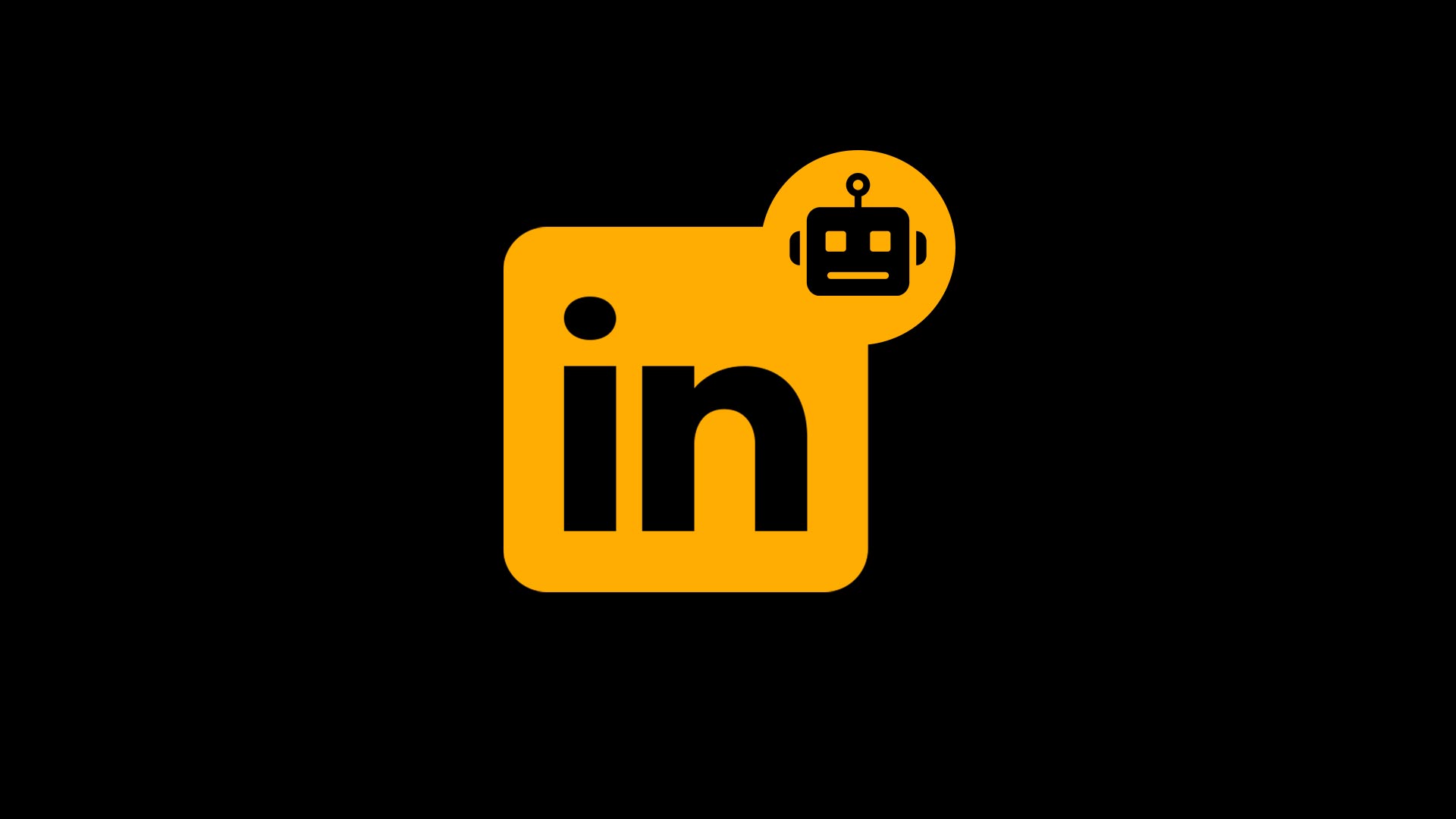Everyone’s talking about posting on LinkedIn.
But most AI-generated posts?
They’re awful. Generic. Robotic.
You’ve seen them. Those cringe-worthy “I’m humbled to announce…” posts that make you want to close LinkedIn forever.
Here’s the thing: AI can actually help you create engaging LinkedIn content that builds your authority and attracts clients.
Without sounding like a chatbot having an existential crisis.
Why LinkedIn Posts Are a Golden Opportunity
LinkedIn isn’t just another social media platform. It’s where business happens.
Unlike Instagram or Twitter, people actually come to LinkedIn ready to talk business, learn from experts, and yes – spend money.
Your LinkedIn posts can:
- Position you as an authority in your field
- Attract high-quality leads who need your expertise
- Build genuine connections with potential clients
- Drive traffic to your paid offerings
And the best part? LinkedIn’s organic reach is still incredible compared to other platforms.
While Facebook makes you pay to reach your own audience, LinkedIn will actually show your posts to people who matter – for free.
How AI Can Help You With LinkedIn Posts
Here’s what nobody tells you about creating LinkedIn content: The hardest part isn’t writing – it’s coming up with ideas that resonate.
AI tools can:
- Generate dozens of post ideas based on your expertise
- Help you structure your thoughts clearly
- Suggest engaging hooks that grab attention
- Point out ways to make your message sharper
But there’s a catch: AI won’t magically understand your voice or your audience.
Think of AI as your brainstorming partner, not your ghost writer. It’s there to help you organize and amplify your ideas, not replace your unique perspective.
What Makes a Good LinkedIn Post (The Anatomy)
Want to know the secret to LinkedIn posts that actually get engagement?
Start with pain.
Not your achievements. Not your “humble” announcements. But the problems your audience is struggling with right now.
Every successful LinkedIn post needs:
- A hook that stops the scroll (first 2 lines are crucial)
- A clear, relatable problem or desired outcome
- Short, punchy paragraphs (no walls of text)
- A story or specific example that proves your point
- White space between paragraphs (makes it easy to scan)
- A call to action that feels natural, not salesy
The best LinkedIn posts feel like a conversation with a smart friend who gets your challenges.
Finding the Main Idea of Your Post
Here’s where most people mess up: They try to cram too many ideas into one post.
Remember this: One post = One idea.
That’s it.
Before you even touch AI, get crystal clear on:
- What specific problem are you solving?
- What’s the one thing you want readers to remember?
- What action do you want them to take?
Use Perplexity.ai to research what your target audience is actually asking about. Look for patterns in the questions they’re asking on Reddit, Quora, and LinkedIn itself.
The goal isn’t to be comprehensive – it’s to be helpful on one specific thing.
Best AI Tools for LinkedIn Posts
Not all AI tools are created equal. Here’s what actually works:
Claude (Anthropic):
- Best for brainstorming ideas and structure
- Excellent at understanding context and nuance
- Great for refining your message
ChatGPT:
- Perfect for generating multiple hooks
- Good at adapting tone and style
- Helpful for finding different angles on your topic
Pro Tip: Always feed these tools with:
- Your target audience description
- Examples of posts you love
- Your unique perspective or experience
- Specific stories or data points you want to include
Creating Your First Draft
Here’s the truth about first drafts: They’re supposed to be bad.
Don’t aim for perfection. Aim for getting your idea out.
Use this prompt template:
Help me write a LinkedIn post about [TOPIC].
Target audience: [DESCRIBE YOUR IDEAL READER]
Main problem they face: [SPECIFIC CHALLENGE]
My unique perspective: [YOUR EXPERIENCE/SOLUTION]
Tone: Conversational but professional
Include: A specific story about [EXAMPLE]Let the AI generate a few versions. Pick the one that feels closest to your voice, then:
- Add your personal examples
- Insert your actual data points
- Remove any generic fluff
- Make it sound like YOU
Review, Edit, Refine
Here’s where the magic happens – turning AI output into content that connects.
After your first draft:
- Let it sit for an hour (minimum)
- Read it out loud (you’ll catch the robotic parts)
- Add personality markers (your phrases, your style)
- Cut anything that sounds like generic advice
- Make sure every paragraph flows naturally to the next
Remember: Your goal isn’t to sound smart. It’s to be helpful.
Common Challenges and Solutions
Challenge #1: The Post Sounds Too Generic
Solution: Add specific details from your experience. Instead of “this strategy works well,” say “when I tried this with my client Sarah, she saw 3x more responses in two weeks.”
Challenge #2: The Hook Isn’t Grabbing Attention
Solution: Start with either:
- A bold statement that challenges common wisdom
- A specific result (with numbers)
- A question that hits a pain point
- A mini-story that illustrates the problem
Challenge #3: The AI Keeps Using Corporate Jargon
Solution: Give it examples of how you actually talk. Feed it with screenshots of your best-performing posts. Tell it explicitly to write like you’re explaining something to a smart friend over coffee.
Remember: The best LinkedIn posts don’t sound like LinkedIn posts at all.
They sound like valuable advice from someone who’s been there, done that, and actually cares about helping others succeed.
Now go create something worth reading.

